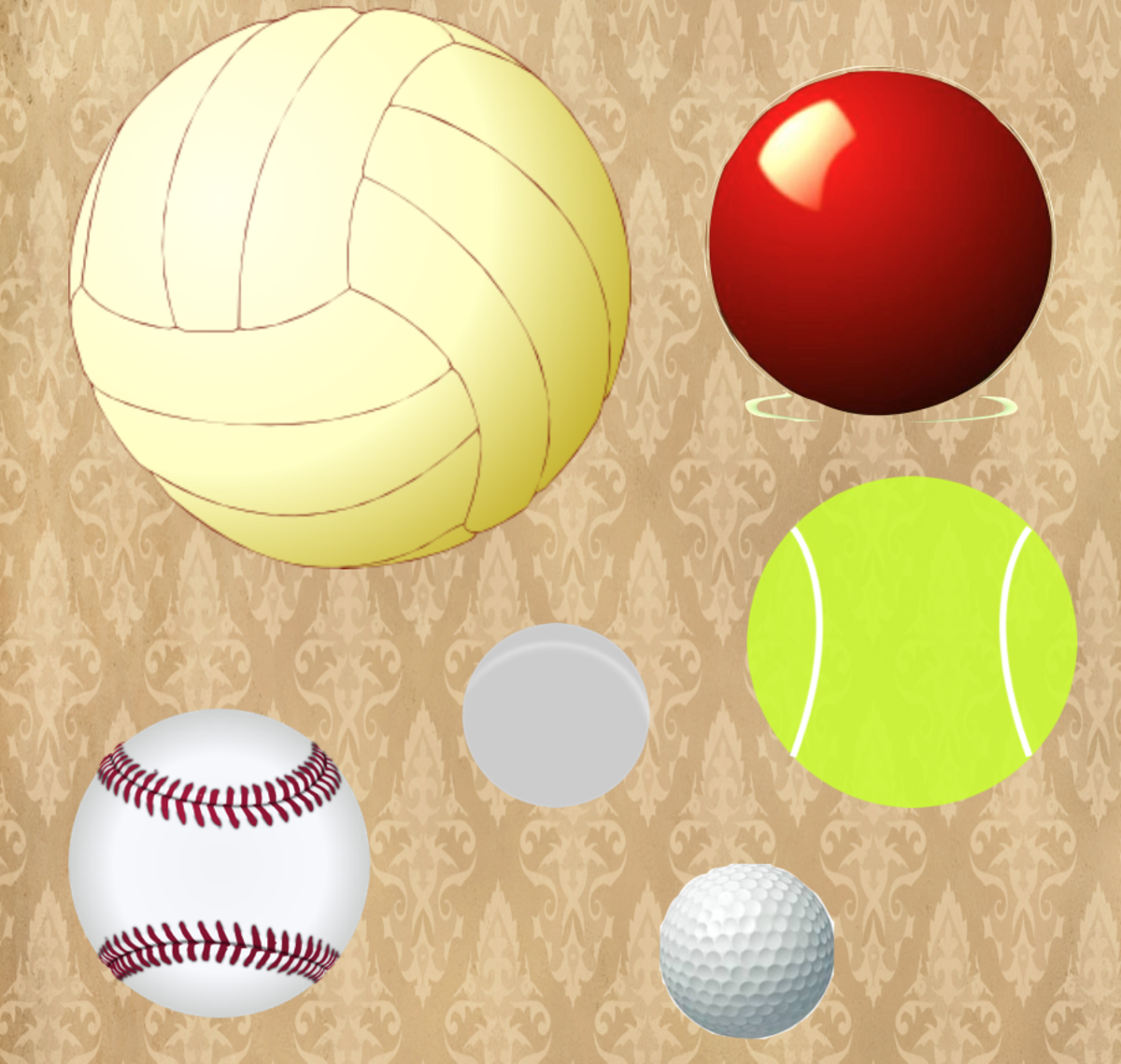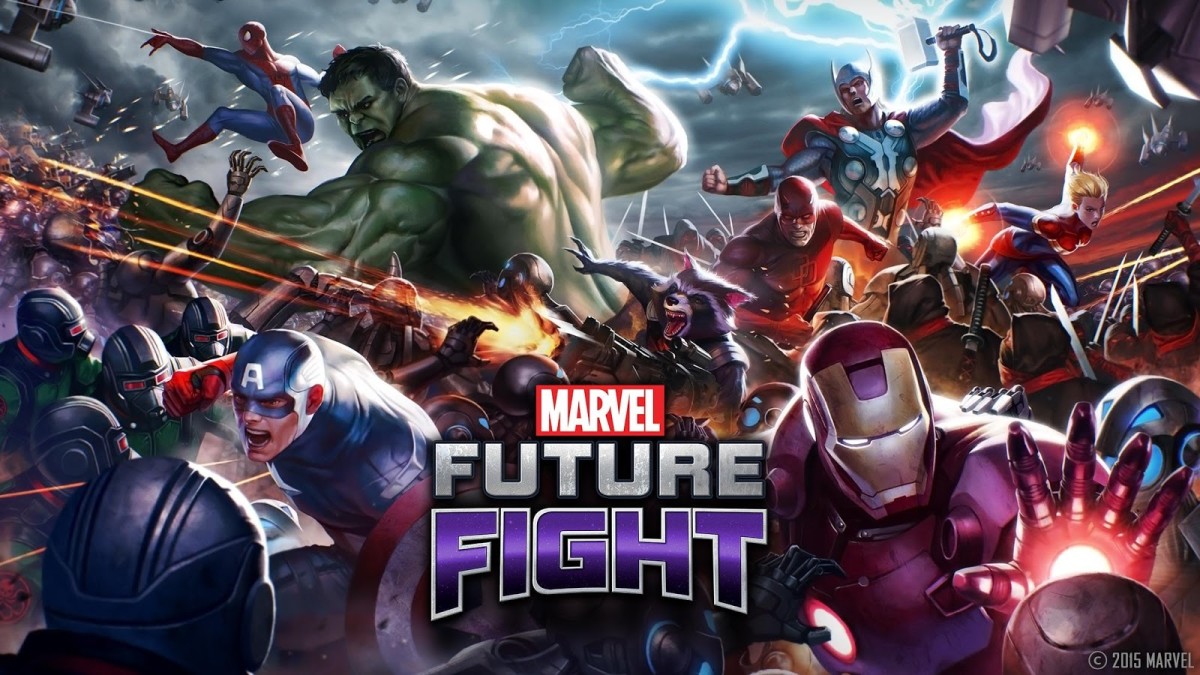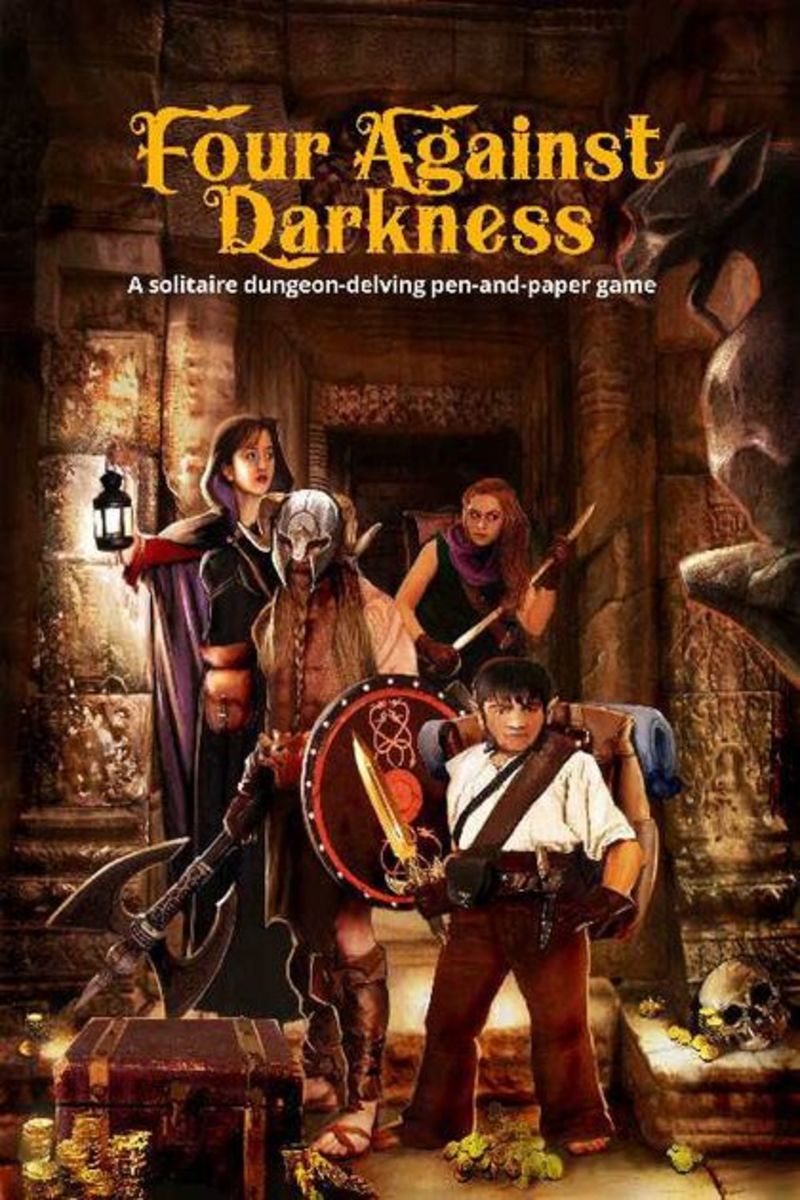Low-key Magic Items for Tabletop Role Playing Games
Subtlety can be Powerful
Magic weapons are old hat. Yes, it’s nice to have a blade that goes snicker-snack, but they’ve been done to death. Here are a few enchanted widgets that won’t make your characters invincible in combat, but will make their lives a lot easier and enhance the atmosphere of any fantasy campaign world. No statistics have been included. This is intentional, as some gamers favor the WotC d20 system, some like Steve Jackson’s GURPS, others prefer Alderac’s Roll-and-Keep system, and pretty much every gaming group has their own house rules for whatever system they use. If you like these items and want to use them in your campaign, fill in your own statistics. You will be able to balance them to your own setting much better than anybody else ever could.
The Wood Knife
It looks like a long knife, but its blade is blunt and it doesn’t seem to take an edge. It won’t cut through flesh, cloth, rope, leather, or metal. By all appearances, it’s about as useful as a letter-opener or a paper-weight. But it slices through wood as if it weren’t even there. Imagine the applications of such a tool in a low-tech society. It could be used to fell trees for a palisade in record time. It would be very handy for rough carpentry work. It even has applications in war. Although it can’t be used to hurt people (except maybe as a completely inadequate club), a nimble warrior could use it to ruin his foe’s shield, de-wheel a chariot, or slice through a castle door. Of course, if the door is thicker than the knife is long, this will take a while, but not as long as it might take to batter the door down. A thief or spy could use it to quietly and quickly open doors without picking locks. A saboteur could scuttle a ship or ten. An artisan character could use it to make, well, pretty much anything that can be made of wood. Even in a high-tech world, the applications are endless. It would be up to the gamemaster to decide how much fine control is possible. The wood knife comes from author Joel Rosenberg’s Guardians of the Flame series.
Guardians of the Flame
The Kinetic Ring
Yes, it’s a magical ring, but you’ve never seen one like it before. It doesn’t make you invisible, or grant wishes, or increase your strength. What it does is store kinetic energy. A character wears it on her finger as she goes about her daily life, and as she moves about, the ring absorbs the energy she uses to swing her arms, type, play the lute, reshelve books in the archives, what have you. But if the character is forced to defend herself and lands a punch with the hand that wears the ring, the ring’s accumulated energy is released to devastating effect (usually in the form of a damage bonus, but if your system allows special effects like knockback or stun, by all means use them). For game-balance purposes, the gamemaster could impose a limit on the amount of energy that can be stored at one time, declare that the energy can only be used on a live foe and not, say, a locked door or chest, or impose a slow recharge rate. Perhaps a small percentage of the stored energy also affects the wearer? The kinetic ring comes from Jim Butcher’s Dresden Files series.
The Smart Rope
Looks like ordinary rope, but it’s very soft and strong. It won’t break or fray unless someone cuts it on purpose. If cut, it will not unravel. It won’t come untied until its owner wants to untie it, at which point any knot will easily come undone. Such rope will be very useful to any band of adventurers. It will be especially useful in mountainous or maritime settings. The gamemaster may choose to limit the rope to one owner, may allow the rope to obey members of the same adventuring party or ship’s crew, or perhaps the rope will obey any sentient being. This last option will make the smart rope useless for binding prisoners. The smart rope comes from JRR Tolkien’s Lord of the Rings books.
Magic Doesn't Have to be Elvish...
Prisoners of the Lost Universe
The Amber Light
The Amber Light is a magical fire-starter. It’s about the size and shape of a half golf ball, and (obviously) amber-colored. If it were simply a lump of amber, it would fetch a fair price on the open market. But if a character waves his hand over it and places it in the middle of a pile of wood, it will get hotter and hotter until the wood catches fire. The amber light is waterproof, windproof, and never wears out. When the fire burns down to ash, all the chracter needs to do is pick it up, dust it off, and take it with him. Clever characters will find other uses for the amber light besides lighting campfires. Firey diversions, arson, and practical jokes are only a few alternatives. To make the amber light a more complicated item, the gamemaster can rule that it will only work with wood, or that it will keep getting hotter until whatever it happens to be touching catches fire. (If the amber light is sitting on something like an anvil, this could lead to disaster!) The amber light comes from the 1983 film Prisoners of the Lost Universe, with Richard Hatch.
The Stone Arrow
The Stone Arrow has been enchanted such that it will pierce solid rock and hold there. It can be attached to a rope and fired into a cliff face. The stone arrow will pull the rope into the rock, making it fast to the surface—very useful for mountaineering or climbing up a castle wall. When used as described above, a stone arrow will not normally be recoverable. A very patient and skilled stonemason might be able to get to it, at the gamemaster’s discretion. Note that a stone arrow will also function as a normal arrow, with the usual effect on any creature it hits. But if it misses and happens to land on bare rock or a stone wall, it’s gone for good. A character will not want to mix these in a quiver with the rest of his arrows. If the stone arrow is used with the smart rope, above, perhaps something unexpected will happen? The stone arrow comes from Guy Gavriel Kay’s Fionavar Tapestry series.
Fionavar Tapestry
These items are just a few examples of clever, not-so-obvious enchantments that I’ve run across while reading. No doubt you have seen similar useful if not glamorous magical gadgets in your own favorite books or films. I hope this brief article will inspire you to look beyond your tabletop RPG’s official sourcebook for unique treasures to place in your campaign.












